When it comes to gaming audio, most of us are familiar with bulky over-ear headphones.
What if you could achieve immersive sound quality with a discreet in-ear monitor (IEM) that doesn’t weigh you down?
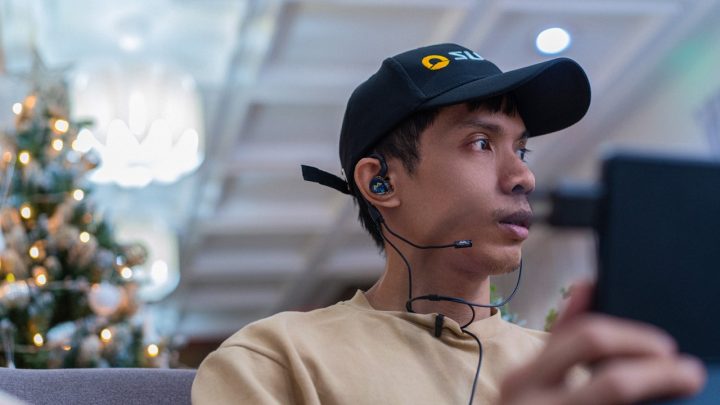
Enter the Antlion Kimura Duo, a high-performance IEM designed specifically for gamers. With dual drivers and a boom microphone integrated into the cable, the Kimura Duo presents a unique option for those seeking professional-grade sound and voice clarity without the heft of traditional headsets.
Priced at $150PHP 8,803INR 12,712EUR 143CNY 1,092 (around PHP 8,900USD 152INR 12,857EUR 144CNY 1,104), the Kimura Duo delivers comfort, quality, and precision that cater to the modern gamer’s needs.
Let’s dive into every aspect of this device, from design and sound to mic quality and real-world performance.
Who’s Antlion?
Antlion Audio is an audio company based in Portland, Oregon, known for creating practical audio solutions, especially for gamers.
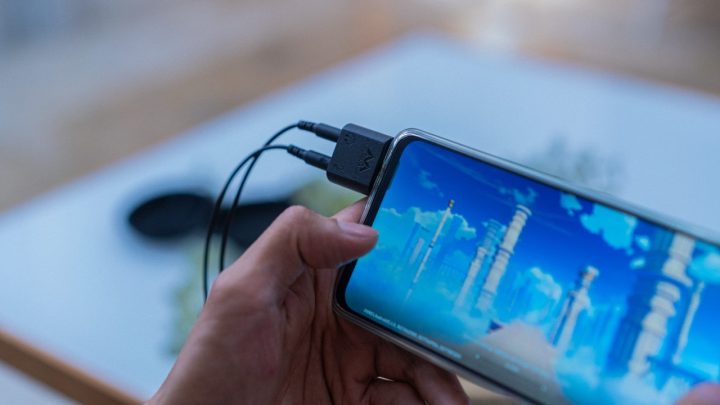
They started with a unique product called the ModMic, an attachable microphone that lets you turn any pair of headphones into a gaming headset by simply sticking on the mic. This was a hit for users who wanted better sound quality and a microphone without having to buy a full headset.
Over the years, Antlion has expanded its lineup to include items like the Kimura series of in-ear monitors (IEMs), which are built for clear audio and voice quality during gaming. They focus on making durable, versatile products that can be used across different devices like PCs, consoles, and even mobile.
First things first: What Are IEMs? Here’s a Simple Breakdown
If you’re hearing about IEMs, or in-ear monitors, for the first time, think of them as a next-level version of regular earbuds. You’ve probably seen most of it on people wearing them in concerts or on stage.
You can check our list here for starters.
They’re those tiny ear devices musicians often have tucked in, helping them focus purely on the music by blocking out all the background noise. But now, IEMs aren’t just for the pros; they’ve become popular with audiophiles, gamers, and just about anyone who wants serious sound quality without the bulk.
So, what makes IEMs different from regular earbuds?
First off, IEMs fit snugly inside your ear canal, which isn’t just for flexing those beautiful designs. This snug fit creates a natural barrier to outside sounds, so you can get totally lost in the audio without turning up the volume to drown out background noise.
It’s one of the reasons IEMs are known for noise isolation. This feature comes in handy if you’re in a noisy space, whether you’re gaming, commuting, or just trying to enjoy music without distractions.
Now, onto the sound quality: IEMs are all about clarity and detail.
While standard headphones or earbuds often boost bass or other sounds, IEMs are built to give a balanced, clear sound.
Many IEMs use more than one tiny speaker, or which they call it “driver,” inside each earpiece. Some have a balanced armature driver to handle high and mid sounds with detail, while a dynamic driver handles bass.
This combo helps create a layered, almost “live” sound that makes everything feel a bit more real, whether you’re gaming or listening to your favorite track.
Finally, comfort and fit are a big part of why most people love IEMs. They usually come with different ear tip options—like silicone or memory foam—so you can choose what feels best for your ears.
Once you find the right fit, IEMs can feel surprisingly comfortable and secure, even if you’re moving around or wearing them for long periods.
It’s the kind of comfort that makes IEMs an easy pick if you’re looking for something you can rely on without getting “ear fatigue.”
In a nutshell, IEMs are a solid choice if you’re after something compact, high-quality, and designed for both sound clarity and comfort.
OK! now that you have the idea let’s dive in!
Table of Contents
Antlion put care into the Kimura Duo’s packaging, making the unboxing experience simple but solid. The items are well-organized and secure, giving an immediate sense that the product is built to last.
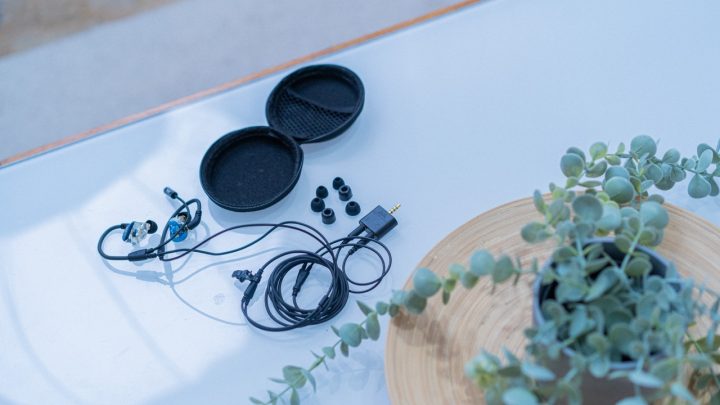
What’s in the Box
Kimura Microphone Cable (MMCX)
Pair of Kimura Duo IEMs
Set of memory foam ear tips
Silicone ear tips (small, medium, large)
Shirt clip
Antlion Audio Y Adapter
Hard-shell carrying case
Instruction manual
The Kimura Duo arrives in a compact, gold and black tone-colored box with a sleek design. Inside, you’ll find everything you need to set up.
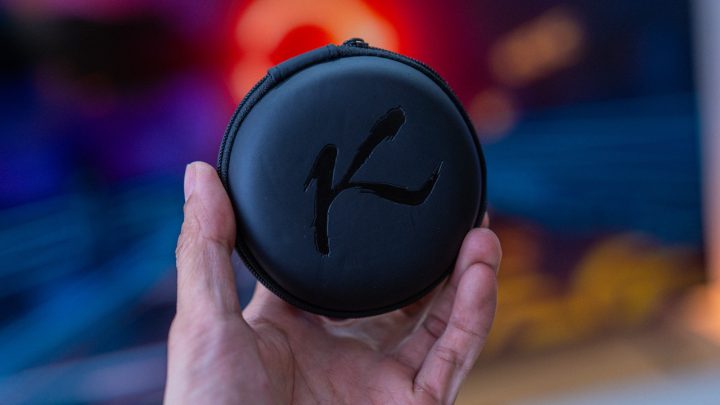
Kimura Duo IEMs: These are the core of the package, featuring a dual-driver design with a hybrid configuration of one dynamic driver and one balanced armature.
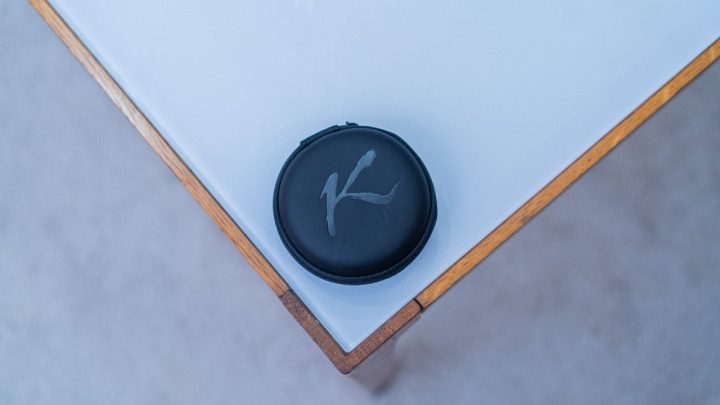
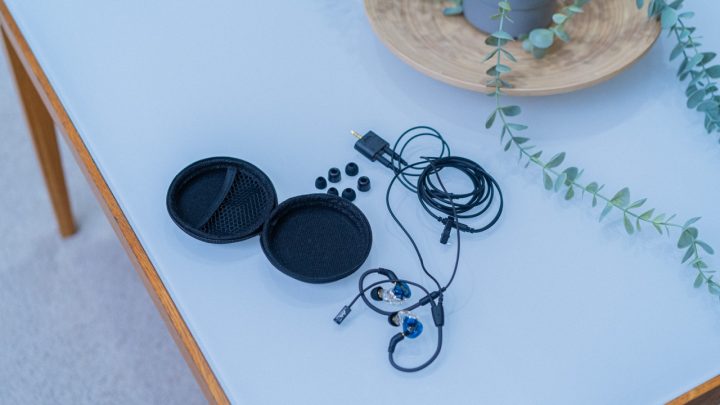
Cable with Boom Microphone: The boom microphone cable is detachable, allowing you to replace or upgrade as needed. The cable length is a generous around 2 meters. (The whole cable)
Ear Tips (Four Sets): Three sizes in silicone (small, medium, large) and one memory foam set are provided to accommodate different ear shapes and preferences.
Hard-Shell Carry Case: Designed for durability and portability, the case protects the IEMs and mic cable, making it easy to take your setup on the go.
32mm Y-Adapter: This adapter combines the headphone and microphone channels into a single 3.5mm jack, making it compatible with gaming consoles and other devices that use a combined audio port. To avoid confusion, it features two icons—one for headphones and one for the microphone—each matching the respective cable labels.
Cable and MMCX Connectors
One of the standout features of the Kimura Duo is the detachable MMCX connectors.
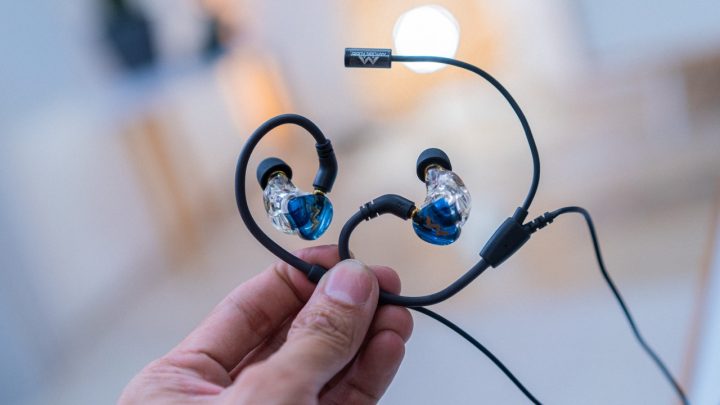
These allow for cable replacement and customization, a significant advantage in terms of product lifespan and adaptability.
The microphone cable uses an MMCX connection that is detachable from the IEMs, providing the option to switch cables if the mic is unnecessary.
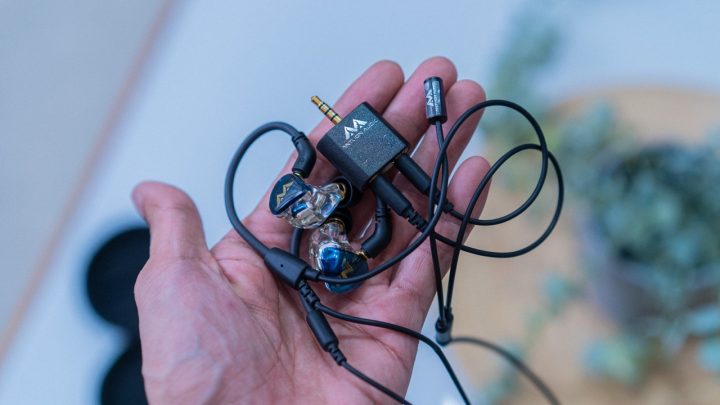
In simple terms, an MMCX connection is a type of connector used to attach the microphone cable to each earbud. Think of it like a small snap-on plug, allowing you to connect or disconnect the cable from the IEMs as needed. MMCX connectors are circular and have a rotating mechanism, so once the cable is attached, it can turn freely without coming loose.
This setup is helpful for a few reasons: it lets you easily swap out the cable if it wears out, and it allows you to replace the microphone cable with a regular one if you don’t need the mic.
The build quality of the cable itself is impressive — it’s reinforced to reduce wear and tear with the 2-meter cable, the length of which I found to be just about right.
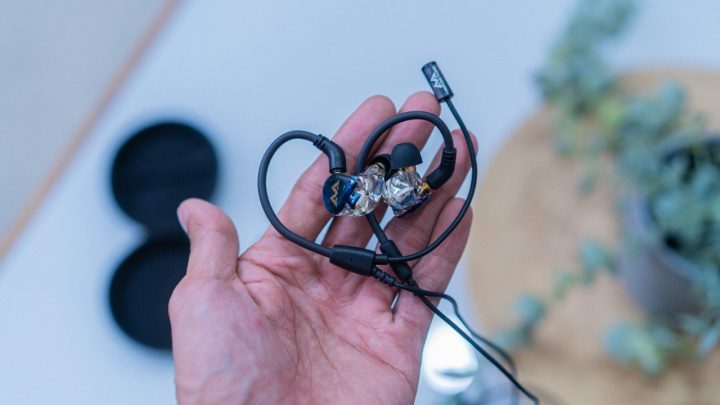

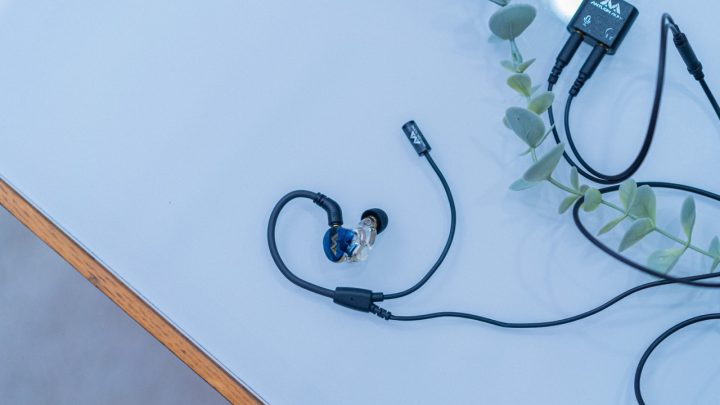
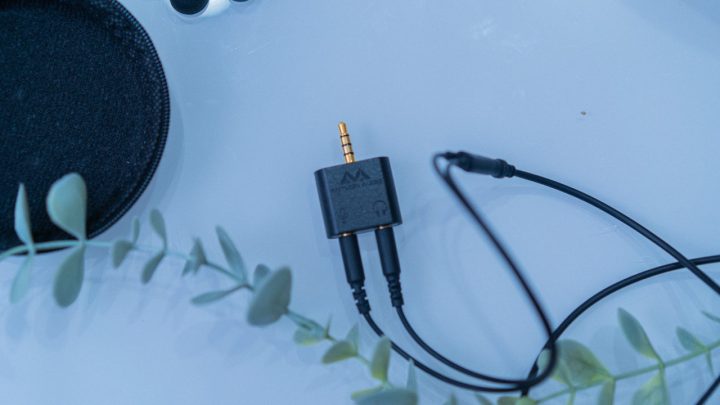

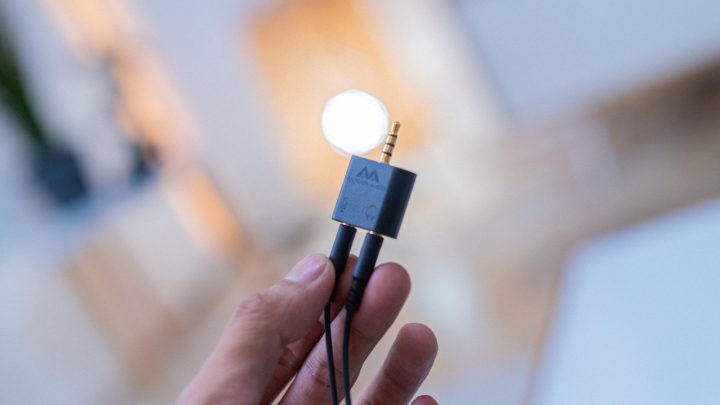
It’s long enough to give some freedom of movement, whether I’m leaning back from my desk or shifting around during gaming, but it’s not so long that it tangles up or gets in the way. When I used it with my console, I didn’t feel restricted, and at my desk, it reached comfortably without cluttering up my space.
Overall, it struck a good balance for both setups—enough slack to be flexible but not so much that I had extra cable to manage.
Memory Wire and Ear Hook Design
When I first put on the Kimura Duo, the memory wire around the ear hooks took a bit of getting used to. Shaping the wire for the right fit took a few tries—it’s a bit stiff at first—but once I got it set, it stayed in place really well. During longer gaming sessions, the memory wire made a noticeable difference.
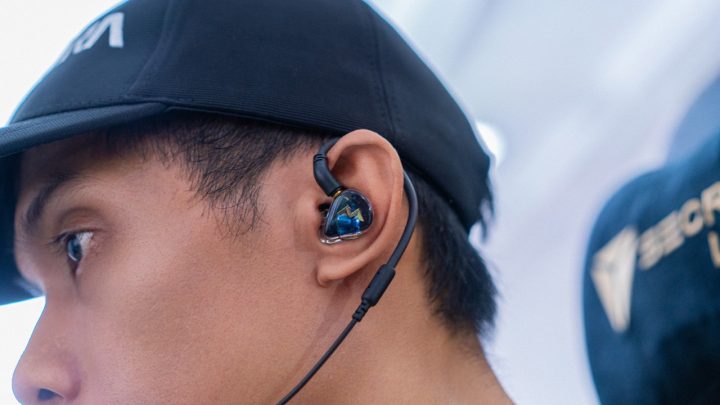
I didn’t have to keep adjusting the IEMs, even with a lot of movement. At first, the wire around my ears felt a little bulky, but after a while, I didn’t even notice it was there. The secure fit made the whole experience much more comfortable, especially when I was focused on the game for hours or even just a normal productivity use.
Comfort and Fit for Extended Sessions
When I tried out the Kimura Duo’s silicone and memory foam ear tips, I immediately noticed the difference each type made.
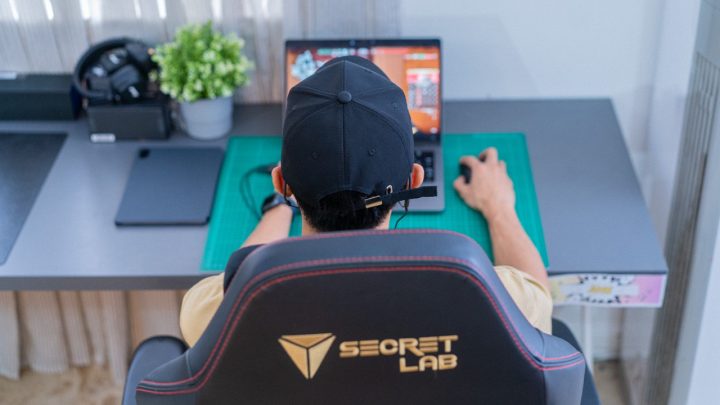
The memory foam tips, especially, offered a snug fit that blocked out most background noise, letting me really sink into the it without distractions.
For anyone who spends long hours gaming or working with audio, the memory foam tips are a solid choice because they mold comfortably to the shape of the ear.
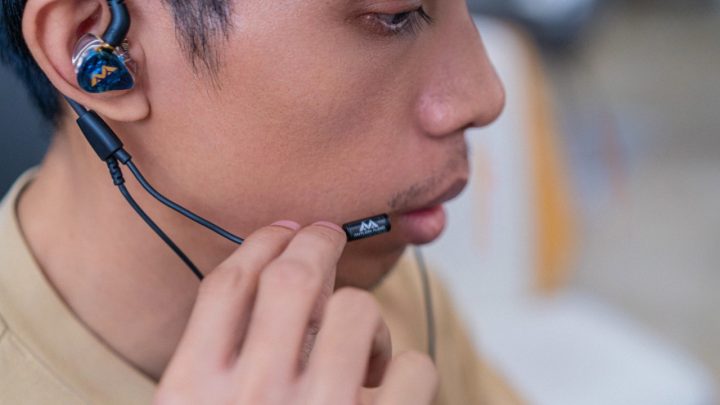
And even though I wore the Kimura Duo for hours, its lightweight design—around 43 grams—meant that I barely noticed I had them on.
The fit was secure and stable, which kept the IEMs from shifting, even if I leaned forward or moved around. The noise isolation was a big plus in intense gaming sessions, where immersion is everything.
However, the tight seal did make it harder to hear what’s going on around me, so if you’re gaming in an environment where you need to stay aware, that’s something to keep in mind.
With the Kimura Duo’s hybrid dual-driver setup—a combination of a dynamic driver and a balanced armature—it’s designed to handle a wide range of frequencies with impressive clarity and separation, particularly useful for gaming, where real-time audio cues make a difference.
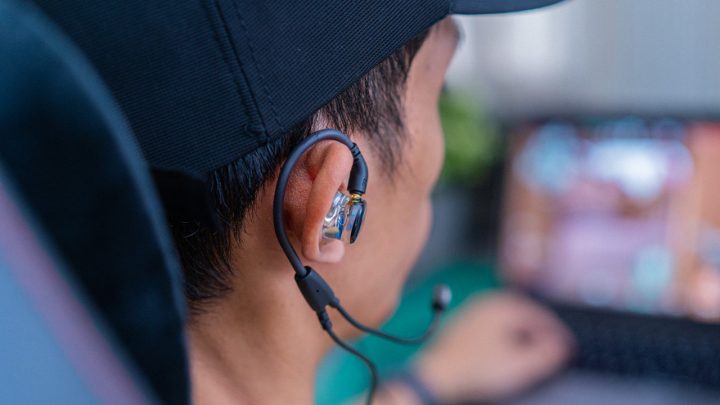
Here’s my breakdown of each frequencies
Low Frequencies (Bass)
The bass response is punchy yet controlled, giving depth without overshadowing other frequencies. It’s especially noticeable in bass-heavy moments in games, where lower frequencies add intensity to the atmosphere.
In some games where the is heartbeat cues, for example, come through clearly, creating an immersive experience without drowning out important mid and high frequencies that are key to locating in-game sounds.
Mid Frequencies (Mids)
Where the Kimura Duo really shines is in the mid-range. Mids come through with natural clarity, making in-game dialogue, footsteps, and environmental sounds feel lifelike and balanced.
In FPS titles like Valorant, this clarity is crucial—every reload or footstep is distinct, which adds to situational awareness and enhances reaction times.
The balanced armature driver does an excellent job of keeping these mid-range details clear and layered, providing an auditory experience that feels rich and grounded.
High Frequencies (Treble)
High frequencies are smooth and detailed, avoiding the harshness that can sometimes make extended listening fatiguing.
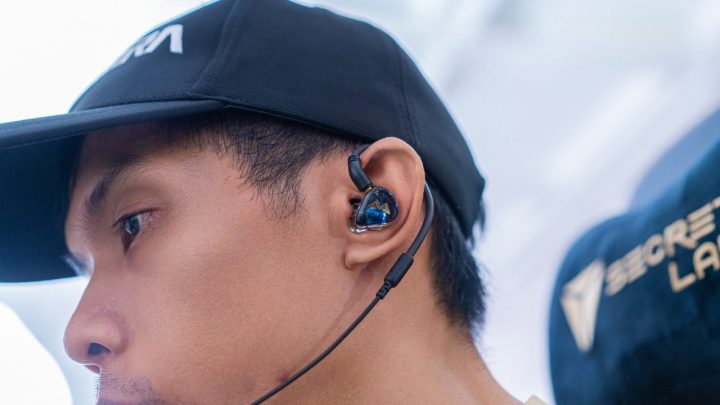
For games with environmental details, sounds like distant gunfire and the crunch of gravel underfoot are rendered with impressive detail.
High frequencies stay sharp without overshadowing other parts of the audio, a huge plus in games where directional audio is critical for tracking enemy positions or getting a sense of your surroundings.
Using the Kimura Duo’s dual-driver setup felt like unlocking a whole new level of sound quality in gaming. The balanced, full sound brought every element to life—whether it was the subtle cues or the deep, immersive bass in intense games.
This setup didn’t just enhance the gameplay but actually gave me a real advantage in pinpointing sounds, making it easier to locate enemies or key audio cues around me.
I could catch every detail without sounds blending together, making the whole experience feel incredibly sharp and immersive.
FPS Games: Precision Audio Cues in Valorant
In my experience like playing In Valorant, where every tiny sound matters, the Kimura Duo made a real difference. I could clearly hear footsteps and reloads, and it helped me quickly figure out where enemies were coming from.
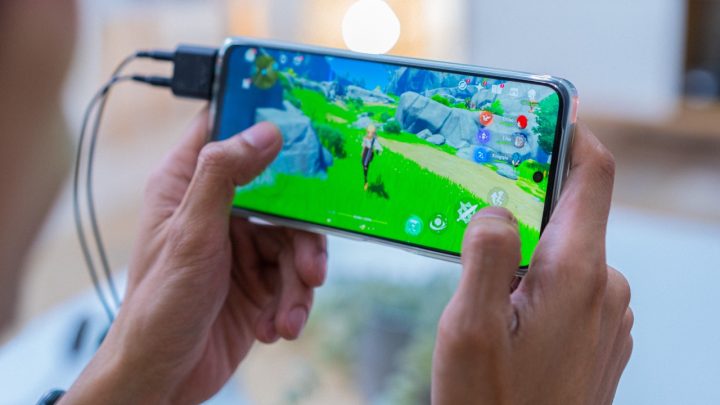
With other setups, sounds like these can blur together, but the Duo kept everything separate and clear. This extra level of detail gave me a noticeable advantage in those intense moments, making it easier to react fast and keep up with the action.
Open-World Adventures: Ambient Depth in Assassin’s Creed Valhalla
Using the Kimura Duo in Assassin’s Creed Valhalla made the game world feel alive. Small background sounds, like birds singing or waves crashing, came through in a way that made everything feel more real. Unlike some headsets where the background can sound flat, the Duo kept these ambient sounds detailed and layered. It added so much to the game’s atmosphere, making me feel like I was really exploring the landscapes.
The Kimura Duo’s omnidirectional boom mic really impressed me during both gaming and streaming. Here’s what I noticed in terms of practical use and performance:
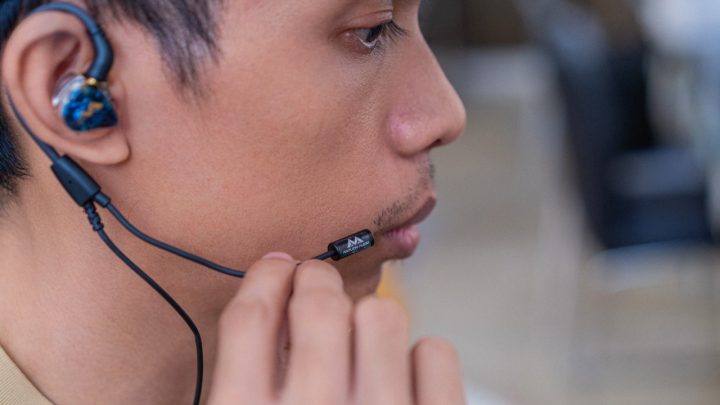
Voice Clarity: The mic captures my voice with clear, balanced audio, ideal for team chats. It avoids sounding overly bass-heavy or sharp, keeping my voice natural and easy to understand.
Its frequency range, which covers 100Hz to 10kHz, picks up the essential tones for gaming without any extremes.
Handling Background Noise: Since the mic is sensitive, it does pick up some background sounds. But with a bit of adjustment—keeping the mic positioned right and tweaking the settings in OBS or Discord—I managed to reduce unwanted noise.
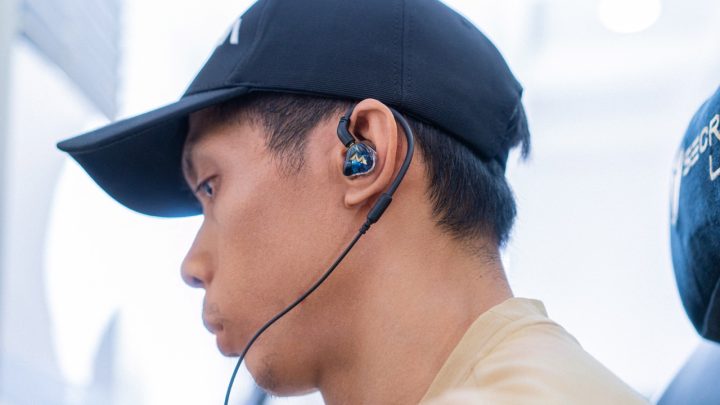
On consoles the Y-adapter made setup easy, keeping the mic versatile for different setups without any hassle.
For streaming, I did find that the mic could benefit from a few audio tweaks in OBS to really get the best quality.
But after a few adjustments, it was almost on par with my condenser mic, holding up well enough to make it a good choice for both gaming and streaming.
The Kimura Duo’s build quality really stands out. The resin shell feels sturdy in hand, like it’s made to take some wear and tear without giving up. The MMCX connectors are a nice touch because they make the cable easily replaceable if it ever wears out—something that definitely adds to its lifespan.
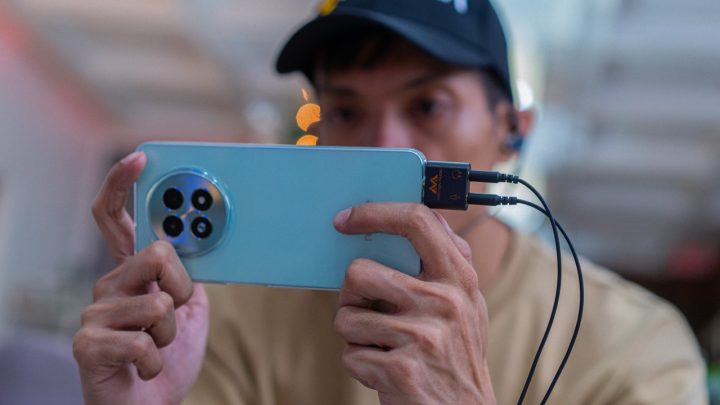
Plus, having the option to swap cables if I don’t need the mic makes it flexible, which is always a plus.
The cable itself is reinforced and seems ready to handle regular use without wearing down quickly. I did notice, though, that the MMCX connectors need a bit of careful handling—they’re secure but can be sensitive if you’re constantly plugging and unplugging. Despite how solid it feels, the whole setup stays surprisingly lightweight, making it portable and easy to use on the go. It’s great for switching between setups, whether I’m gaming at home or taking it along when I travel or at work.
Noise Isolation and Comfort During Extended Use
I was impressed by how adaptable the Kimura Duo was for long-term wear, thanks to its two types of ear tips—memory foam and silicone.
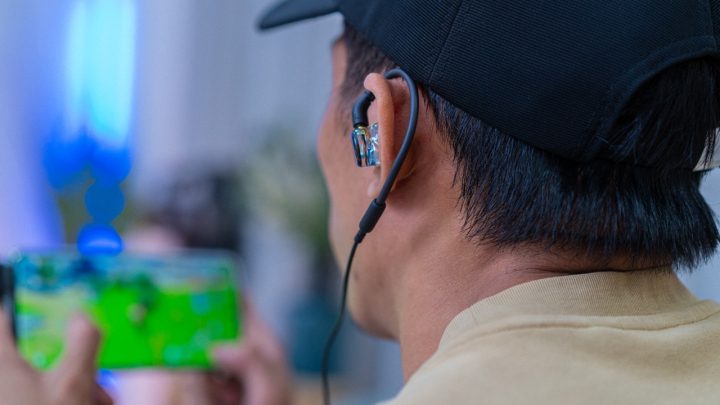
The memory foam tips especially stood out for their noise isolation. Once I had them in, they created a tight seal that blocked out most background noise, which was perfect for getting fully immersed in a game.
In quieter settings, the noise isolation was spot on, keeping me focused on the audio without any distractions. After a while, though, I noticed it was best to take short breaks, as extended wear could still lead to a bit of ear fatigue, though less so than with other setups I’ve used.

The isolation has its limits in noisier environments, where the seal doesn’t completely shut out louder surroundings.
So, for people who need a total immersion experience or game in quiet settings, the Duo does the job well.
Compatibility and Setup
The Kimura Duo was designed to handle a range of setups, and getting it up and running was surprisingly smooth.
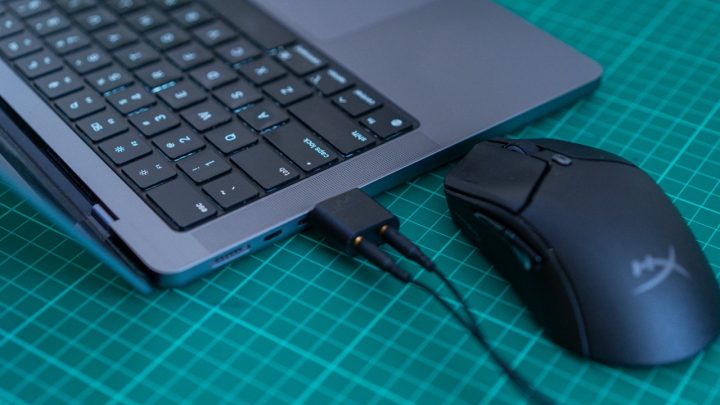
With its dual TRS jacks, it connected easily to my PC/MAC, and the Y-adapter made it simple to set up on my console. I didn’t have to jugle with any complicated instructions—just plug in the microphone and audio jacks, or connect the Y-adapter for devices with a single audio port.
Antlion includes setup instructions that are beginner-friendly, making it easy to use even if you’re new to IEMs.
Overall, the Duo felt compatible with everything I threw at it, from consoles to mobile.
The Antlion Kimura Duo brings both great sound quality and comfort in a small, convenient package.
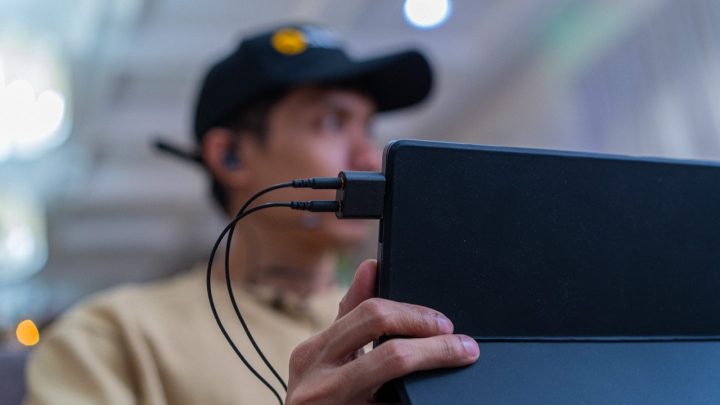
Its dual-driver design makes a real difference in audio detail, separating low, mid, and high tones clearly.
This level of sound detail is ideal for competitive gaming, where hearing every little sound matters, but it’s just as enjoyable for casual games or music too.
The microphone quality is also solid, though I found that some small adjustments helped reduce background noise when streaming.
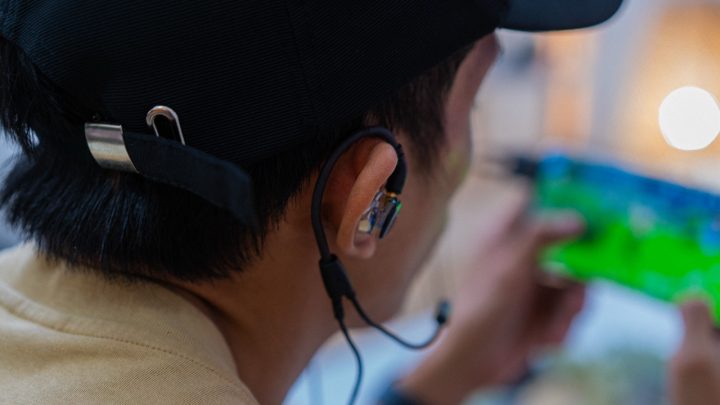
All in all, the Kimura Duo is versatile and easy to use across different devices, with solid noise isolation and a sturdy build.
It’s a great choice for anyone who wants clear, reliable in-ear audio. While it’s priced at $150PHP 8,803INR 12,712EUR 143CNY 1,092 (around PHP 8,900USD 152INR 12,857EUR 144CNY 1,104) as a higher-end option, the sound quality and flexible features make it a worthwhile pick for gamers and audio fans alike.
What We Like:
* Clear, detailed sound for gaming and music
* Strong noise isolation with memory foam tips
* Lightweight and comfortable for long use
* High-quality microphone
* Compatible with multiple devices (PC, consoles, mobile)
* Sturdy, replaceable cable with MMCX connectors
What We Dislike:
* Mic picks up some background noise
* Slight learning curve with memory wire fit
* Sensitive MMCX connectors may need careful handling
* Premium pricing
Kimura Duo IEM specs:
Cable Length: 2 meters
Termination: Dual 3.5mm TRS jack
Ear Nozzle Diameter: 5.15mm
Connector Type: MMCX
Driver Configuration: One Dynamic Driver, One Balanced Armature
Sensitivity: 125dB
Impedance: 24Ω
Frequency Response Range: 10Hz – 30kHz
Microphone Specs
Microphone Pattern: Omni-Directional
Frequency Response: 100Hz – 10kHz
Sensitivity: -42 ± 3 dB
Impedance: 2.2 kΩ (Max)
S/N Ratio: 60 dB (Min)
Max Input Sound Pressure Level: 115 dB (Max)
Standard Operating Voltage: 2.0 Vdc
Operating Voltage Range: 1.0 – 10 Vdc
Hardware Compatibility
Compatible with all PC operating systems.
May require the included Y adapter for laptops and gaming consoles.

YugaTech.com is the largest and longest-running technology site in the Philippines. Originally established in October 2002, the site was transformed into a full-fledged technology platform in 2005.
How to transfer, withdraw money from PayPal to GCash
Prices of Starlink satellite in the Philippines
Install Google GBox to Huawei smartphones
Pag-IBIG MP2 online application
How to check PhilHealth contributions online
How to find your SIM card serial number
Globe, PLDT, Converge, Sky: Unli fiber internet plans compared
10 biggest games in the Google Play Store
LTO periodic medical exam for 10-year licenses
Netflix codes to unlock hidden TV shows, movies
Apple, Asus, Cherry Mobile, Huawei, LG, Nokia, Oppo, Samsung, Sony, Vivo, Xiaomi, Lenovo, Infinix Mobile, Pocophone, Honor, iPhone, OnePlus, Tecno, Realme, HTC, Gionee, Kata, IQ00, Redmi, Razer, CloudFone, Motorola, Panasonic, TCL, Wiko
Best Android smartphones between PHP 20,000 - 25,000
Smartphones under PHP 10,000 in the Philippines
Smartphones under PHP 12K Philippines
Best smartphones for kids under PHP 7,000
Smartphones under PHP 15,000 in the Philippines
Best Android smartphones between PHP 15,000 - 20,000
Smartphones under PHP 20,000 in the Philippines
Most affordable 5G phones in the Philippines under PHP 20K
5G smartphones in the Philippines under PHP 16K
Smartphone pricelist Philippines 2024
Smartphone pricelist Philippines 2023
Smartphone pricelist Philippines 2022
Smartphone pricelist Philippines 2021
Smartphone pricelist Philippines 2020